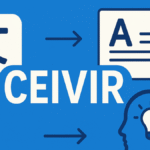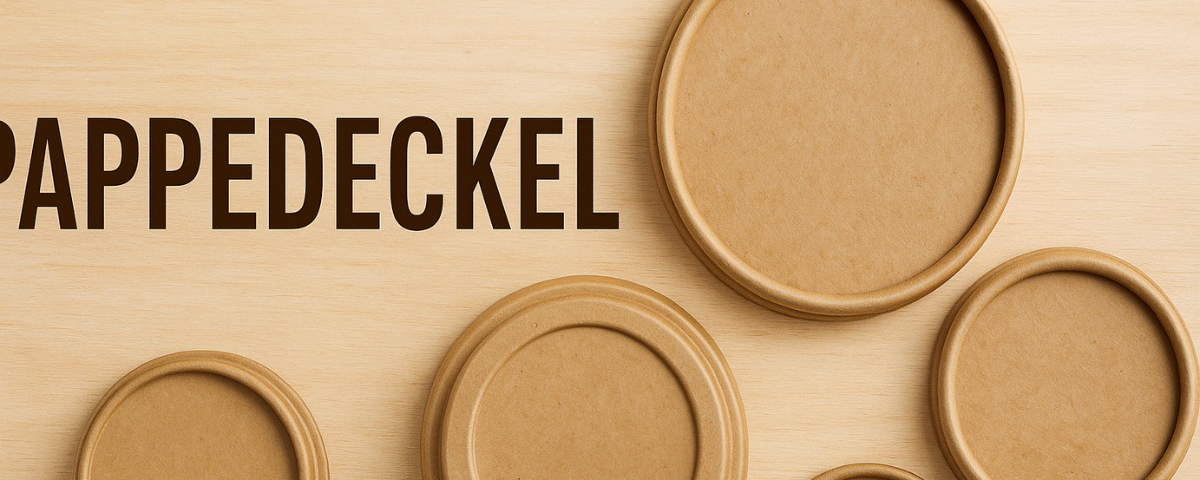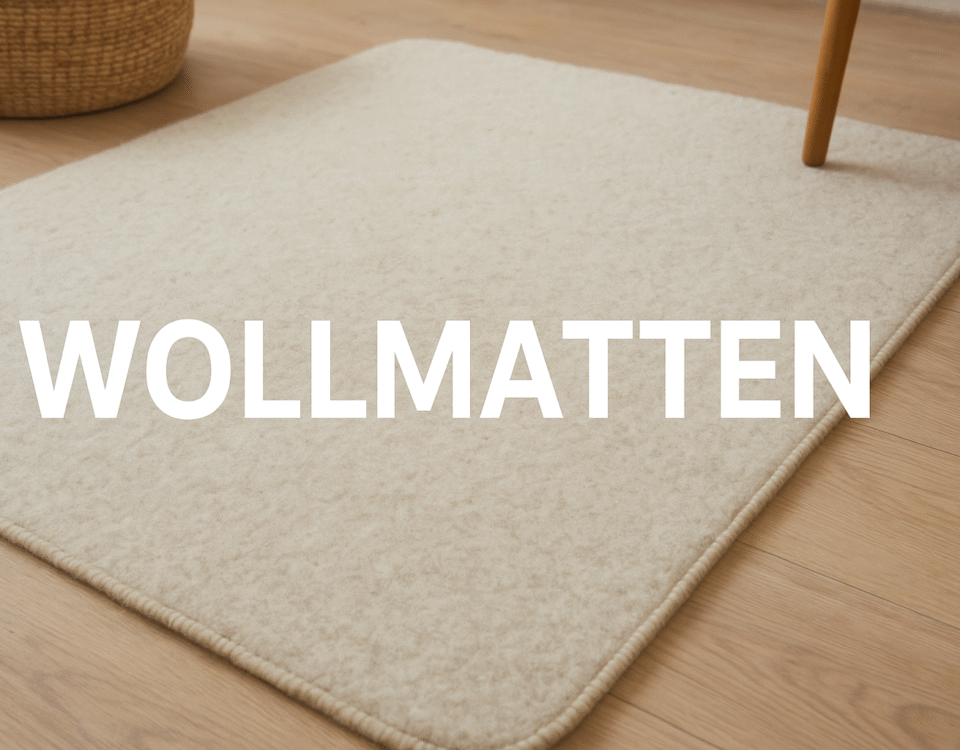
Everything You Need to Know About imagesize:2160×3840 Melisandre – A Complete Guide
September 18, 2025
Ceıvır: A Complete Guide to Meaning, Uses, and Applications
September 18, 2025Discover everything about Pappedeckel – its meaning, history, practical uses, benefits, and environmental impact. A complete guide with FAQs to help you understand this versatile material.
also read: https://coomersparty.com/imagesize2160x3840-melisandre/
Introduction
The word pappedeckel may sound simple, but it holds deep cultural and practical significance in German-speaking countries. Literally translated, it means cardboard lid, yet its usage extends beyond just packaging. From daily expressions to eco-friendly practices, the pappedeckel has made its mark in history, tradition, and modern sustainability movements.
In this guide, we will explore what pappedeckel means, its cultural importance, everyday applications, and why it continues to be relevant in today’s environmentally conscious society. Whether you’re a student, researcher, or business owner exploring sustainable materials, understanding pappedeckel can give you valuable insights.
What is a Pappedeckel?
The term pappedeckel originates from the German language, where “Pappe” means cardboard and “Deckel” means lid or cover. Essentially, it refers to a cardboard lid used to seal cups, containers, or even simple household items.
However, the word has also entered German idioms, literature, and even student traditions, which makes it more than just a piece of cardboard. It symbolizes simplicity, practicality, and resourcefulness.
Historical Background of Pappedeckel
The usage of pappedeckel goes back to the late 19th and early 20th centuries when industrialization led to increased production of disposable items. Cardboard became a popular material due to its affordability and eco-friendliness compared to plastics.
In student culture, particularly in Germany, pappedeckel was often mentioned in songs, poetry, and gatherings. It became a metaphor for something humble yet useful—an everyday object that everyone could relate to.
| Aspect | Details |
|---|---|
| First usage | Late 19th century |
| Material | Cardboard, paperboard |
| Cultural presence | Songs, traditions, idioms |
| Modern application | Packaging, sustainability practices |
Everyday Uses of Pappedeckel
Pappedeckel is not just a historical word—it remains widely used today in practical life. Some of the most common uses include:
1. Coffee Cup Lids
Many takeaway coffee cups use pappedeckel lids, particularly in eco-friendly cafés that avoid plastic.
2. Food Packaging
Restaurants and bakeries often use cardboard lids for takeaway boxes, keeping food secure without harming the environment.
3. Household Items
From covering jars to protecting surfaces, people often repurpose pappedeckel in creative ways at home.
4. Crafts and DIY Projects
Cardboard lids are popular in schools and workshops for making art projects, models, or even small furniture.
Pappedeckel in German Idioms and Culture
Interestingly, the word pappedeckel appears in German sayings like “Ach, Pappedeckel!” which is similar to saying “Oh, nonsense!” in English. This shows how the material has moved beyond its physical use into the language and culture itself.
Students’ songs and gatherings also highlight pappedeckel as a symbol of everyday simplicity. It often appeared in humorous verses that celebrated modest objects with great affection.
Benefits of Using Pappedeckel
Using pappedeckel instead of plastic or other materials brings several advantages:
1. Eco-Friendly
Cardboard is biodegradable and recyclable, making it a sustainable alternative to plastic lids.
2. Cost-Effective
Pappedeckel is cheaper to produce than plastic or metal alternatives, making it accessible for businesses and consumers.
3. Lightweight and Practical
Being lightweight yet sturdy, pappedeckel is easy to carry, stack, and use for everyday purposes.
4. Safe for Food
Unlike some plastics, cardboard lids do not release harmful chemicals into food or drinks.
Environmental Impact of Pappedeckel
In today’s world, where sustainability is a global priority, pappedeckel plays a crucial role. Since it is recyclable and often made from renewable materials, it contributes to reducing plastic waste.
Moreover, governments and businesses are increasingly adopting cardboard-based solutions for packaging. This makes pappedeckel not only a cultural item but also a modern eco-friendly choice.
Comparison: Pappedeckel vs. Plastic Lids
| Feature | Pappedeckel | Plastic Lid |
|---|---|---|
| Material | Cardboard | Plastic |
| Biodegradable | Yes | No |
| Cost | Low | Medium to High |
| Safety for Food | High | Can release toxins |
| Environmental Impact | Minimal | High |
| Recyclable | Yes | Limited |
Clearly, pappedeckel emerges as the winner when it comes to sustainability and safety.
Modern Innovations with Pappedeckel
While the traditional use remains unchanged, innovations are making pappedeckel more durable and stylish. For instance, some manufacturers add water-resistant coatings to improve functionality. Others design customized lids with branding, making them attractive for businesses.
This shows that even a humble pappedeckel can evolve with modern technology while maintaining its eco-friendly nature.
How Businesses Benefit from Pappedeckel
Businesses in the food and beverage industry particularly benefit from using pappedeckel. Not only does it reduce costs, but it also boosts their reputation as environmentally conscious brands. Consumers are more likely to support cafés and restaurants that use sustainable packaging, which makes pappedeckel a smart choice.
Future of Pappedeckel
Looking ahead, the future of pappedeckel seems promising. With increased awareness about climate change and the dangers of plastic, more industries are expected to adopt cardboard-based packaging solutions.
Innovations such as waterproof coatings, heat-resistant designs, and biodegradable inks will further enhance its usability. As a result, pappedeckel will remain relevant both as a cultural term and a practical material.
FAQs About Pappedeckel
Here are 10 FAQs that provide extra value beyond the main content:
- What does the word “pappedeckel” literally mean?
It literally translates to “cardboard lid” in German. - Is pappedeckel still used in everyday German language?
Yes, it is used both literally and as an idiomatic expression. - Can pappedeckel replace plastic lids entirely?
In many cases, yes. However, certain situations like hot liquids may require reinforced designs. - Is pappedeckel safe for hot drinks?
Yes, but heat-resistant coatings may be added to prevent soaking. - How can pappedeckel be recycled?
They can be placed in regular paper recycling bins where they are repurposed into new cardboard materials. - Are there waterproof versions of pappedeckel?
Yes, some manufacturers add eco-friendly coatings to make them water-resistant. - Why is pappedeckel considered eco-friendly?
Because it is made from renewable materials, biodegradable, and recyclable. - Do cafés in Germany still use pappedeckel for coffee cups?
Yes, many eco-conscious cafés prefer pappedeckel over plastic lids. - What role did pappedeckel play in student culture?
It appeared in humorous songs and gatherings as a symbol of simplicity. - Is pappedeckel more expensive than plastic?
No, in fact, it is generally more affordable and cost-effective.
Conclusion
The pappedeckel may look like a simple piece of cardboard, but it carries cultural, practical, and environmental importance. From its humble beginnings in German culture to its modern role in sustainability, it represents both tradition and innovation.
Whether used for coffee lids, food packaging, or artistic projects, pappedeckel continues to prove its worth as an eco-friendly and cost-effective material. With growing emphasis on reducing plastic waste, its future looks brighter than ever.




